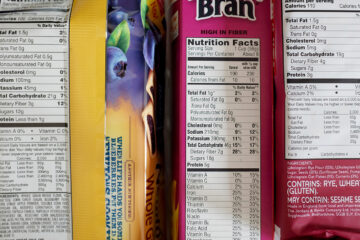Fasting is defined as an abstinence from foods for a certain period of time. Most fasts are between 24-72 hours, though this can greatly vary. Fasting is a practice that dates back many years, even though it has gained popularity in recent years.
There are several health benefits that can be associated to fasting. It’s important to consider the special needs of women when fasting, due to the menstrual cycle. There are changes to the hormonal balance, that can impact the influences of fasting.
Phases of Menstrual Cycle
Before we go into these more, it would be helpful to discuss the 4 different phases of the standard menstrual cycle. Keep in mind that each cycle can vary in length.
- Menstruation (Days 1-5): When the active period starts, where the uterine lining is shed. Usually lasting between 4-7 days. Oestrogen and progesterone levels are low at the start, with oestrogen slowly increasing towards the end of the phase.
- Follicular Phase (Days 1-14): This starts the first day of menstruation and lasts until ovulation. Follicle-stimulating hormone (FSH) stimulates the development of ovarian follicles, each containing an egg. As oestrogen levels start to rise, these follicles mature.
- Ovulation (Day 14): This usually happens in the middle of the menstrual cycle, where the mature egg is released from the ovary. There is a big increase in luteinising hormone (LH), which causes the release of the egg, and oestrogen levels are at their highest. You may notice ovulation cravings too.
- Luteal Phase (days 15-28): The time between ovulation and the start of the next menstruation. Progesterone levels rise, preparing the uterus for a potential pregnancy. If pregnancy does not occur, oestrogen and progesterone levels fall in the later days, and this change in hormone can lead to premenstrual symptoms such as mood changes, bloating etc, before the menstruation starts again.
(more…)














